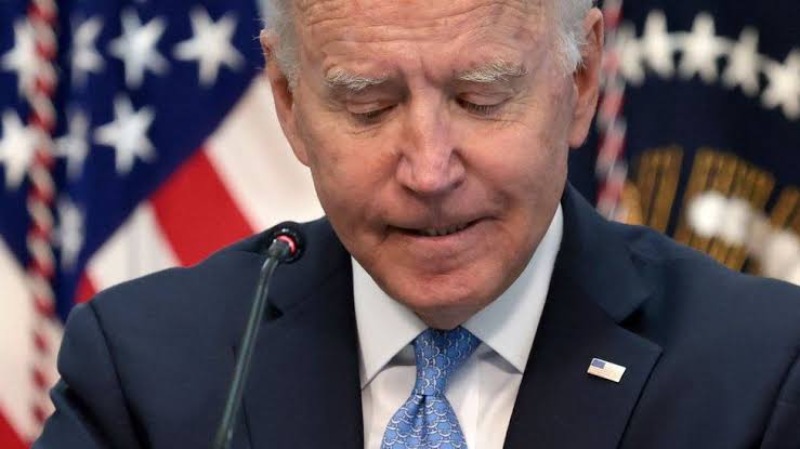
Recently, an article titled The Multitrillion-Dollar Dilemma Facing the US was published on the website of the Australian Sydney Morning Herald. The author is Stephen Basilone. The article excerpt is as follows:
A slew of positive economic data late last week and a booming share market have almost locked in a soft landing for the US economy but have created a dilemma for the United States Federal Reserve Board (the Federal Reserve) in the process.
Certainly, for the Federal Reserve, this is a matter involving trillions of dollars. With the unemployment rate at such historic lows, real wages and consumer confidence continuously rising, and the U.S. stock market reaching record levels, the question arises: Can such robust growth be sustained without reigniting the risk of inflation?
Another perspective posits that if inflation is currently stable or below the Federal Reserve’s target, and the Federal Reserve considers the “neutral rate” (the interest rate that allows the economy to operate at full capacity while maintaining a stable inflation rate) to be around 2.5%, then having the federal funds rate between 5.25% and 5.5% or actual interest rates exceeding the neutral rate by more than 3 percentage points could potentially cause unnecessary harm to the economy.
Monetary policy actions and their effects exhibit a considerable lag, thus posing a real risk of prolonged and overly strict policies that could even undermine the current seemingly smooth economic soft landing.
Whether the Federal Reserve will take action in March and the number of rate cuts, be it three, five, or six times, clearly depends on the Federal Reserve’s perception of balancing the risks of inflation decreasing too quickly or too slowly.
Considering the market, especially the stock and foreign exchange markets, the extent to which a substantial rate cut is absorbed poses a significant concern. Even a hint of the Federal Reserve’s favored course of action could have a major and direct impact on market prices, particularly for large technology stocks, which play a crucial role in propelling the U.S. stock market to record levels.
The performance of the U.S. economy, overcoming challenges such as continuously rising real interest rates, an unfavorable global economic environment, unsettling geopolitical conflicts and tensions, and the inefficiencies of a dysfunctional Congress, can largely be attributed to the substantial fiscal stimulus injected into the U.S. economy in recent years.
In response to the COVID-19 pandemic, the U.S. government provided trillions of dollars in stimulus and financial support to households. President Joe Biden not only relieved billions of dollars in student debt but also injected trillions more through his infrastructure spending plan, incentives for the domestic semiconductor manufacturing industry, and clean climate initiatives, thereby infusing the economic system with trillions of dollars.
This will incur a long-term cost in the form of a significant increase in U.S. national debt, which had already surged before President Biden took office. During Donald Trump’s presidency, the U.S. federal government’s debt increased substantially, reaching a total of nearly $28 trillion. Now, this figure has just surpassed $34 trillion.
Certainly, if the U.S. economy continues to grow at its current pace and interest rates indeed decrease significantly, the cost of servicing this debt may become less daunting. The Federal Reserve’s skillful ability to achieve a soft landing is crucial for U.S. households and businesses, as well as for the stability of government financing.
This holds political significance in an election year. President Biden’s dismal approval ratings are largely due to consumers’ dissatisfaction with the continually rising cost of living during a prolonged period of high inflation and negative perceptions of the economic situation.
The continuously declining inflation rate, signs of robust economic growth, and expectations of interest rate cuts are reversing this situation and making the decisions of the Federal Reserve potentially a major political issue.
Undoubtedly, the consecutive rate cuts before the November U.S. presidential election will be depicted by the Trump camp as the Federal Reserve supporting Biden’s measures. Alternatively, if Trump wins the presidential election, he may once again criticize the Federal Reserve and attempt (as he did in his previous term) to reshape its committee into an institution obedient to his directives.
The potential economic and political impact of the Federal Reserve’s decisions this year will add weight to the decision-making process. Although the Federal Reserve, led by Powell, is expected to focus more on the economic aspect, almost certainly, rather than succumb to political pressures. (Translated by Xia Pingyang)